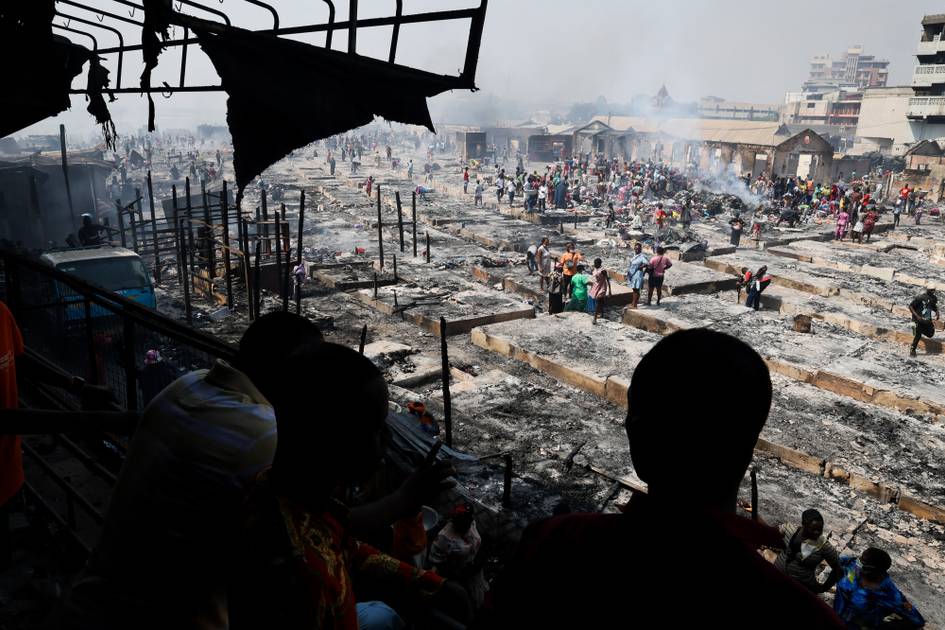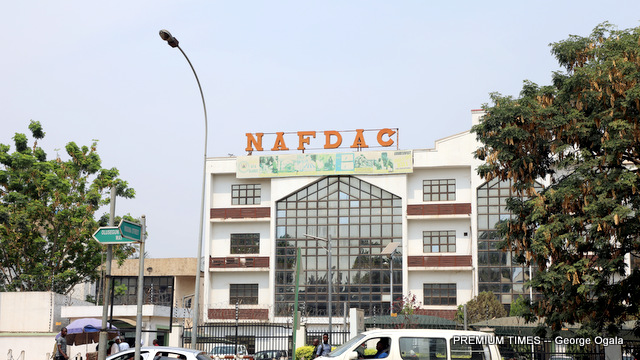Having learned of a local farmers’ revolt in Massachusetts, Thomas Jefferson jotted one of the most memorable statements about revolution:
“The tree of liberty must from time to time be refreshed with the blood of patriots and tyrants,” wrote the future president. Written in Paris in 1787, Jefferson’s insight soon proved prophetic when the French Revolution was followed by the Reign of Terror’s more than 25,000 executions.
Now, as another revolution, Iran’s, approaches a turning point following the untimely death of its eighth Islamist president, one might think that the revolution he served was but a variation on the theme that Jefferson discussed and the French endured. If only it had been that.
For the Khomeini Revolution violence was not a phase but a fixture, a reflex, and a norm, all encapsulated in the life of Ebrahim Raisi (1960-2024), an emblem of the Khomeini Revolution’s successes, adventures, and decay.
The background of Raisi
BORN TO a clerical family and raised outside Mashad, Raisi was a product of pre-revolutionary Iran’s social periphery.
Mashad is Iran’s second-largest metropolis, but, tucked at its northeastern corner, close to the Turkmen and Afghan borders, it is secondary to Tehran, some 750 km. away.
This geography, coupled with his religious family’s claimed lineage to Muhammed, made Raisi a natural recruit for Ayatollah Ruhollah Khomeini’s revolution.
Better yet, from Raisi’s viewpoint, the revolution caught him at the ideal age of 19 – old enough to fulfill assignments and young enough not to be suspected of any ties to the previous regime.
Best of all, Raisi never inhaled Western civilization, unlike, for instance, future presidents Abolhassan Banisadr, who studied finance at the Sorbonne; Muhammad Khatami, who studied Western philosophy and spent years in West Germany; and Hassan Rouhani, who earned a PhD in law at Glasgow Caledonian University.
Raisi had no such secular, let alone foreign, schooling. What he attended were religious schools, in his teens.
For the revolution, however, this under-education was actually an asset. Combined with his social humbleness, fundamentalist fervor, and personal ruthlessness, his was the kind of profile the revolution sought as it set out to replace the political elite it had purged.
That is how, at the tender age of 21, Raisi became a regional prosecutor in the city of Karaj, already a sizable fiefdom, but one that soon expanded by 260 km. to Hamadan, whence he leaped – at age 25 – to the capital, as deputy prosecutor of Tehran.
In normal settings, such a meteoric climb up a judiciary ladder would indicate exceptional juridical knowledge and experience. Raisi, however, brought neither. He climbed for other reasons, as he would soon make plain.
FEARFUL THAT the end of the Iran-Iraq War (1980-1988) would make the seething, bereaved, and exhausted masses restless, the ayatollahs set out to preempt a potential upheaval.
The method was as simple as it was sinister: interview at length thousands of jailed dissidents about their views, and set aside those whom the interviewers would suspect as dangerous to the regime.
The result was a massacre, with at least 2,800 prisoners executed without trial in 32 cities across Iran, according to a Human Rights Watch report from June 2021.
Multiple reports indicate that the then-28-year-old Raisi was a central figure in this bloodbath as a member of the committee that oversaw the inmates’ selection and murders.
Raisi was there not as a prosecutor out to indict the guilty but as a hangman out to kill the innocent; not as a revolutionary out to redeem the people but as a henchman of an unelected, unworthy, and unwanted regime.
The tree they were “refreshing with the blood of patriots” was not Jefferson’s tree of liberty but Khomeini’s tree of despotism.
However, by that point, the Iranian Revolution was no longer just a tale of despotism. It was a tale of corruption, and Ebraihm Raisi was its emblem.
HAVING BEEN 20 when the Iran-Iraq War broke out, Raisi should have gone to fight for his country as millions of other Iranians did, even at older ages, like Qasem Suleimani, who enlisted at age 23. Not Raisi. When others went to the front, he stayed at home; and when others confronted Iraqi invaders, he killed Iranian youths.
It was but a detail in a broader picture of a thin ruling class that, led by the Revolutionary Guards, robbed Iran’s riches and used them to serve itself. The revolution that started as a war for the people, and then morphed into a war on the people, now became a theft machine that seized an ancient nation’s resources, honor, and hope.
It was natural for such a regime to crown as its president its most accomplished hangman, a dependable loyalist who quickly justified his appointment by killing 1,000 protesters and jailing 20,000 following the death in 2022 of Mahsa Amini, a 23-year-old woman who was arrested for violating the regime’s dress code.
It was also natural for Raisi, as president, to accelerate his predecessors’ regional adventurism, using his impoverished country’s petrodollars to spread conflict throughout the Middle East.
If the people’s good is not an aim, the costs of its abuse don’t matter; and if the regime’s survival is the aim, then shifting attention from its domestic failures to foreign realms is worth every dollar it costs.
It’s a well-known course. That is how the Soviet Union journeyed from unseating the tsar to purging the elites, fighting the people, spreading mayhem abroad, and destroying the economy at home.
The Soviet Union’s eventual collapse was foreshadowed by its crowning of its oppressor-in-chief, KGB head Yuri Andropov, as its leader.
That was in 1982. It took a mere seven years from there for the Soviet Union to disappear.
Now, following the death of its own hangman-turned-leader, the same aftermath awaits the Islamic Republic of Iran.
www.MiddleIsrael.net The writer, a Hartman Institute fellow, is the author of the bestselling Mitzad Ha’ivelet Ha’yehudi (The Jewish March of Folly, Yediot Sefarim, 2019), a revisionist history of the Jewish people’s political leadership.







